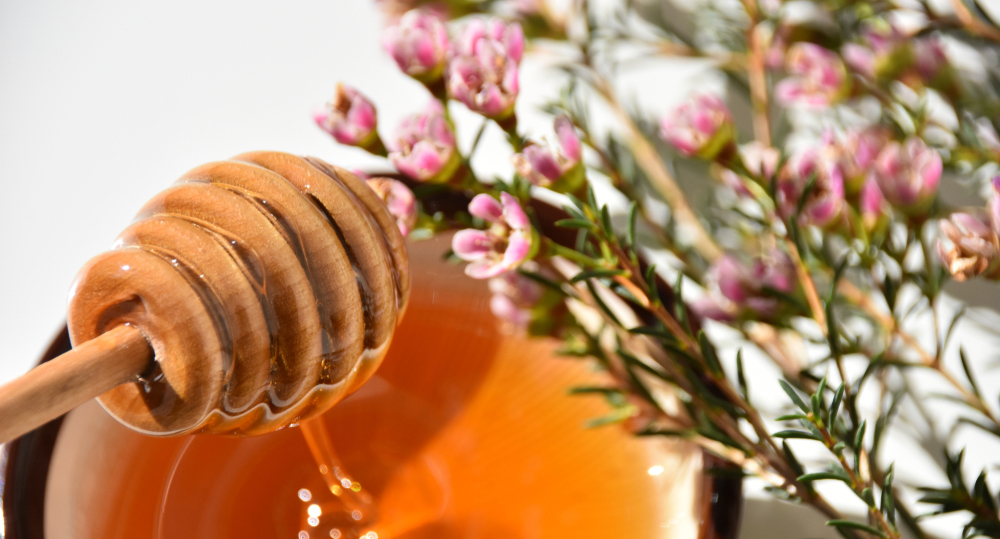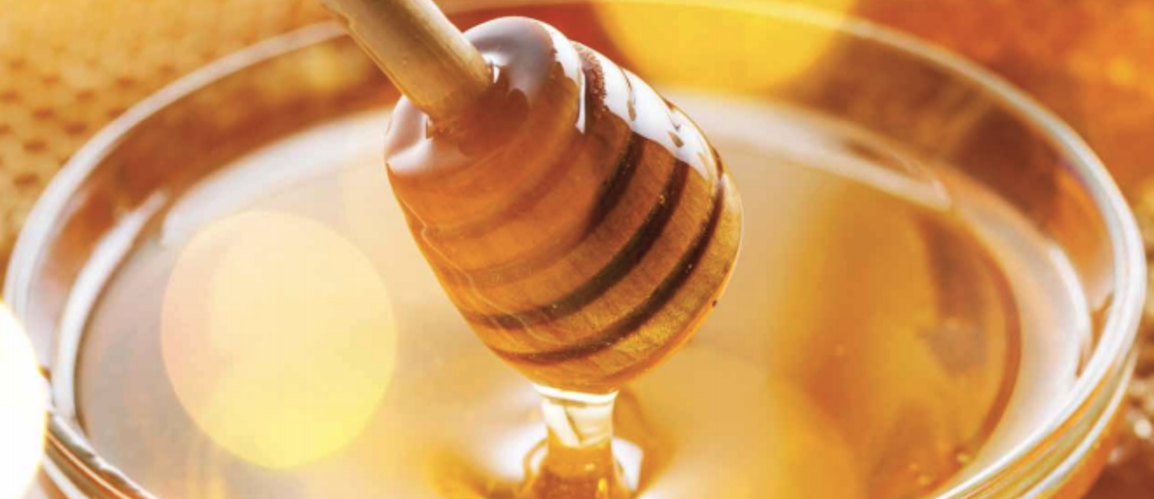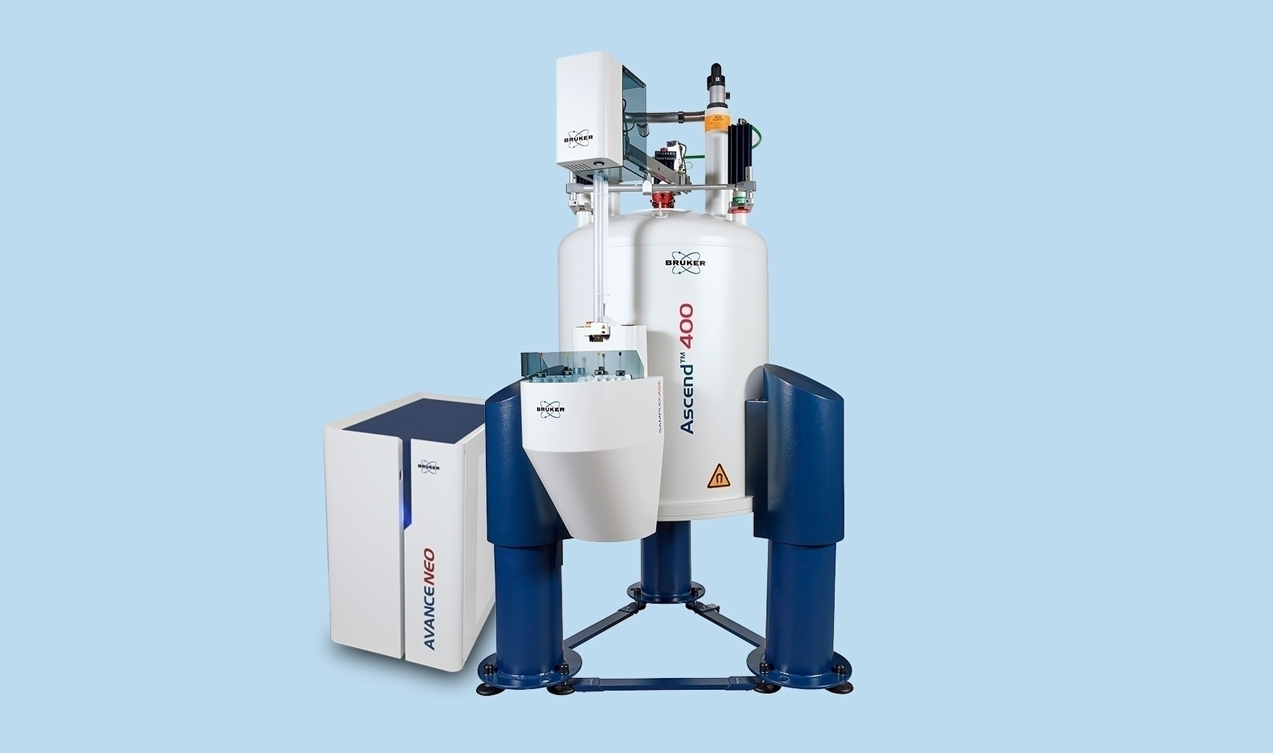

Using NMR to Detect Honey Fraud
Where Did That Honey Really Come From?
Unfortunately, the marketing of fraudulent honey is currently a worryingly common practice. The reduction in availability, along with rising consumer demand for honey has given rise to some producers elevating profit margins through dishonest means. The economic adulteration of honey, to market lower quality honey at normal retail price, can come in a variety of forms. For example, the honey may be bulked out by the addition of inverted sugars or water. There have also been instances of honey being falsely labelled to claim more desirable geographical or botanical origins of the honey, which can be retailed at a higher price.
Perhaps the most common form of honey adulteration is the addition of cheap sugar syrups, such as corn syrup to honey to increase the volume of product available for sale. The resultant mixture is labelled and priced as pure honey, and so consumers unknowingly receive an inferior product. The inverted sugars that are naturally present in honey, typically glucose and fructose, are sweeter, more soluble and less likely to support microbial growth than the sugars, such as sucrose, that comprise the cheaper sugar syrups.
In addition filtration of a very low-quality honey may be performed in order to remove the undesirable peppery, smoky taste to make it saleable. The producer will improve the taste and appearance of a very low-quality honey using either ultra-filtration or an ion exchange resin. This enables a producer to gain income from honey that is not fit to be sold. The increased volume of honey sales allows a company to sell their honey for less than the production cost. This includes the costs associated with making the honey and also the cost of maintaining the bees and the hives. In this way, a company attempts to control the marketplace, since other reputable honey producers are not able to compete. Such practice, known as ‘dumping’, although illegal is a big problem for many countries, including North America.
In a recent interview, Jim Gawenis, CEO of Sweetwater Science Labs, discussed how nuclear magnetic resonance (NMR) is becoming an integral part of detecting honey fraud. NMR improves the efficiency of honey analysis, making it more cost-effective.
New Testing Method in North Amercia
Sweetwater Science Labs is the only company in the United States that currently has a honey profiling system. They aim to provide a detailed analysis of honey samples, which enables accurate identification of the origin of a honey. In order to achieve this, they have combined the NMR FoodScreener with a pollen DNA system.
Gawenis explained “Honey has a very distinct spectrum when run through a magnetic resonance system. We can compare those spectra to other spectra of similar honeys to determine whether it has been adulterated“.
Historically, honey was tested for adulteration by analysing the ratio of the two major isotopes of carbon; Carbon-12 and Carbon-13. This ratio is different for inverted sugar syrups, and so it will show whether the honey has been bulked up with corn syrup. However, unscrupulous honey producers have now identified other cheap sugar syrups with a similar Carbon-12:Carbon-13 ratio to the flowering plants from which bees collect nectar. Consequently, this test is no longer adequate to identify all cases in which sugar syrup has been added to a honey.
In contrast, NMR analyses a multitude of components. This makes it incredibly difficult to reproduce the characteristic NMR profile of genuine honey by unscrupulous means.
Bruker’s FoodScreener™ platform, which analyzes food and drink authenticity using 1H-NMR, has been used to obtain the NMR profiles of 1000s of pure honeys of different varieties and geographic origins as well as honeys with known levels of adulterant, eg, corn syrup, added. The FoodScreener enables identification of the geographical origin and the floral origins of the honey in a single test. It provides a detailed output highlighting any violations from the product’s labelling. Previously, it was only possible to determine the plants from which the honey had been made by identifying the type of pollen grains the honey contained using a high power microscope. FoodScreener will also highlight if the honey has undergone filtration, since all pollen will have been removed. Consequently, the FoodScreener can complete a full honey analysis, which would previously have required a week of laboratory time, in only 20 minutes. In addition, the FoodScreener can be highly automated to reduce the influence of any operator factors.
Through collaboration between Sweetwater Science Labs, Bruker and multiple honey producers and beekeepers the North American honey database is being steadily increased.
Gawenis remarked “Sweetwater’s goal is to be able to pinpoint where honey’s come from, if we can get away with it, all the way down to a county level. We could actually regionalize down to, did that honey come from Albany, New York, or did it come from Sacramento, California?”.
Watch the second half of the interview here.


